When I wandered through the Plaka district in Athens, Greece, it honestly felt like time travel. Bright flowers burst from balconies, narrow cobblestone streets twisted past colorful houses, and the Acropolis watched over everything from above.
Plaka’s blend of ancient history and lively local life pulled me in. Every step felt special—like the city was inviting me in.
People call it the “Neighborhood of the Gods,” and after just a few minutes exploring its winding paths, I could see why. Cafés buzzed with locals sipping coffee, musicians played on quiet corners, and every alley seemed to hide something new.
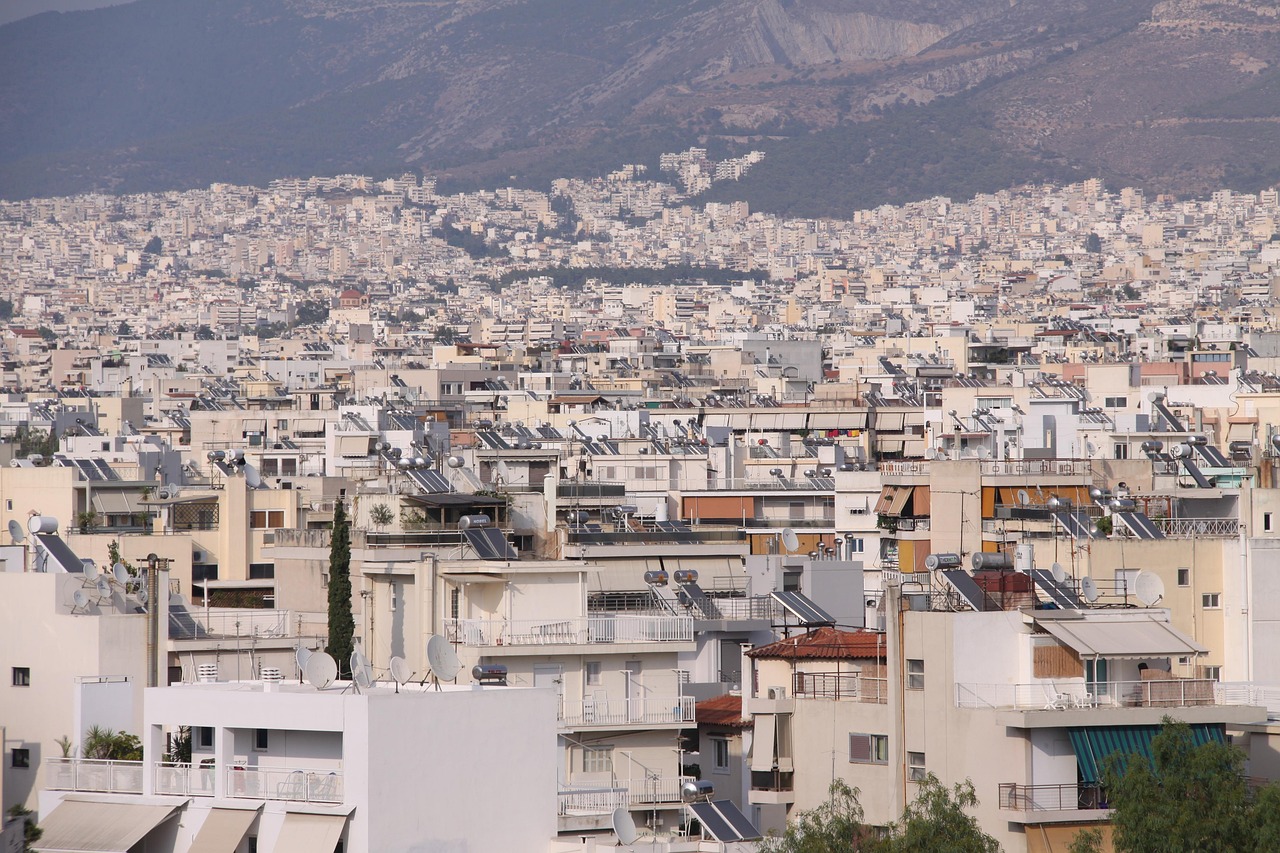
Whether you’re here for the first time or coming back to Athens again, Plaka stands out as the place to slow down and let history wrap around you.
Exploring Plaka is like flipping through a storybook. I kept losing myself in the charm of old buildings, ancient ruins, and the soft hum of daily life.
Each moment made me want to linger just a little longer.
Wandering Plaka’s Timeworn Streets
The streets of Plaka always pull me in with their mix of history and daily life. Walking here means uncovering Athens’ oldest stories, step by step, under the watchful gaze of the Acropolis.
Historic Charm and Picturesque Alleys
I started my walk right in the heart of Plaka. Every narrow lane seemed to hide a surprise.
Stone-paved paths twisted and turned, lined with small houses painted in faded yellows and gentle blues. Laundry dangled from balconies, and bougainvillea tumbled over ancient stone walls.

Locals sipped coffee at shaded tables, and cats lounged on doorsteps. Those quiet moments in the alleys pulled me into a slower, older Athens—far from the city’s busy traffic.
Getting a little lost felt like part of the fun. I found steps leading up peaceful lanes, caught glimpses of the Acropolis at the end of winding streets, and stumbled on hidden squares where neighbors chatted in Greek.
Each turn offered something new and charming.
Landmarks Along Adrianou and Pandrossou Streets
Adrianou Street drew me in first. It’s one of Plaka’s main arteries, always bustling, but it never loses that old-world charm.
Shops sold everything from hand-painted ceramics to olive wood souvenirs. I took my time browsing the stalls, soaking up the mix of tourists and locals.
A bit further along, Pandrossou Street felt like a maze of colorful market stalls. I found embroidered linens, handmade jewelry, and vintage postcards. Of course, I had to stop for loukoumades—those little honey-soaked pastries—from a street cart.
Landmarks like the Tower of the Winds and Hadrian’s Library sit close by. They quietly anchor Plaka, reminding everyone of Athens’ long history.
These sites added a real sense of depth to my wandering.
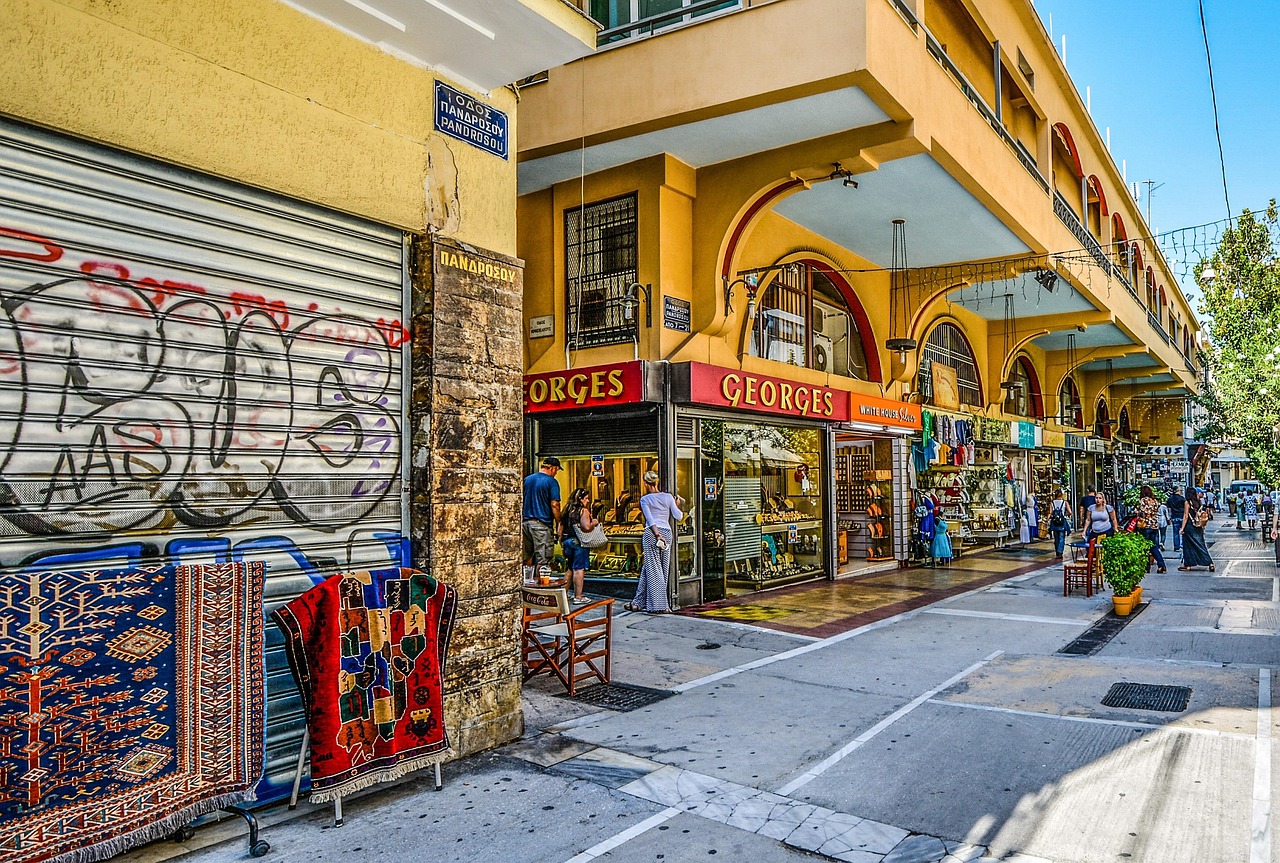
Byzantine Churches and Neoclassical Architecture
Despite all the shops and busy corners, Plaka still hides some truly ancient places. I ducked into a tiny Byzantine church, its stone walls cool and dark, incense drifting through the air.
The faded frescoes told stories older than most buildings in the city. Neoclassical mansions, built by wealthy Athenians in the 19th century, stood nearby—pastel facades, tall windows, and decorated balconies looking almost regal.
Some of these homes have become museums or art galleries, letting you peek into elegant rooms and shaded courtyards.
It’s this mix—humble Byzantine churches, grand neoclassical homes, and lively street life—that makes wandering Plaka so unforgettable.
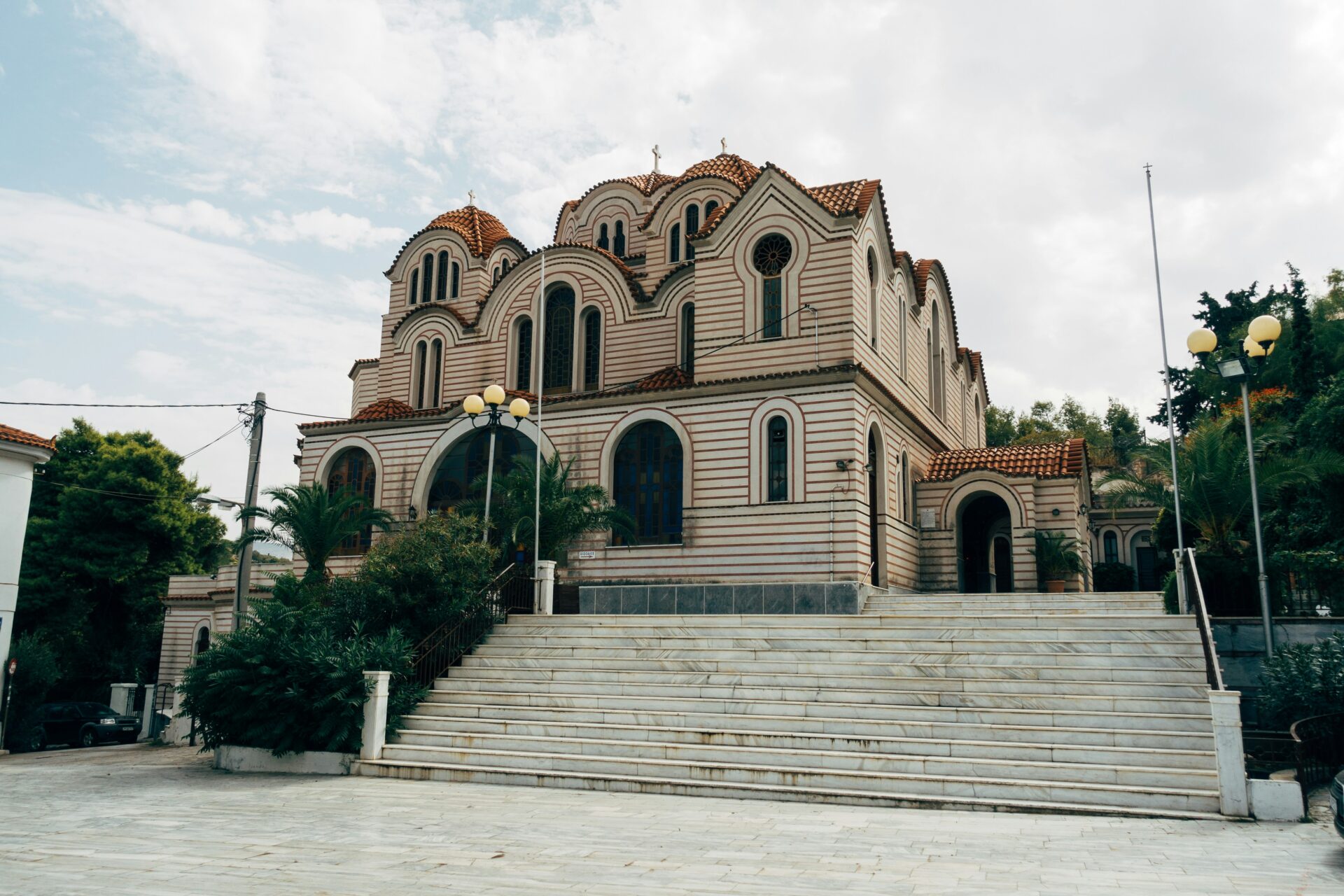
The district feels both ancient and alive, telling its history with every step.
Living History: Plaka’s Ancient and Modern Attractions
Plaka brings history right up close, mixing world-famous monuments with lively street scenes. I found iconic ruins just minutes from friendly cafés and winding lanes packed with daily life.
That contrast made wandering Plaka even more memorable.
Acropolis and Parthenon Views
Whenever I looked up, the Acropolis stood above Plaka, almost like a guardian. The Parthenon rose from the rocky hill, visible from so many corners—sometimes framed by blooming bougainvillea or the curve of a neoclassical home.
At sunset, golden light turned the marble temples soft and glowing. I loved sitting at a café, tracing the hill’s outline, and imagining ancient citizens making their way up for festivals.
If you want practical tips, I’d say some of the best free views are along Dionysiou Areopagitou street. Even if I didn’t climb the Acropolis that day, just seeing it reminded me how close ancient glory still feels in Plaka.

Quick Tips:
- Bring binoculars if you want to see temple details from below.
- Visit early morning or late evening for the prettiest lighting and fewer crowds.
Roman Agora and Hadrian’s Library
Right in the heart of Plaka, the Roman Agora surprised me with how its columns and arches fit into the busy modern streets. I could easily walk from one set of ruins to the next—sometimes, I barely noticed I’d entered an ancient public space because people lived and shopped all around.
Hadrian’s Library really stood out. Built by the Roman emperor Hadrian, its remains felt peaceful and dramatic, with tall marble walls rising above olive trees.
I liked standing among the quiet columns, imagining Athenians reading scrolls here or gathering to discuss news of the empire.
Highlights to look for:
- The big Corinthian columns at the main portal
- Mosaic floor fragments near the entrance
- Great photo spots with modern Plaka in the background

Temple of Hephaestus and Ancient Agora
As I walked to the Ancient Agora, the Temple of Hephaestus came into view—one of the best-preserved Greek temples I’ve ever seen. The old marketplace spread out below, dotted with tall trees and wildflowers.
The temple sits on a small hill, its stone columns almost untouched after 2,500 years. Wandering paths where Socrates and Plato once walked made history feel real.
I found shady benches to rest, letting my mind drift back to Athens at its height. The layout—with open squares and rebuilt stoa—made it easy to picture ancient merchants and philosophers at work.
| Attraction | What to See | Best Time to Visit |
|---|---|---|
| Temple of Hephaestus | Doric columns, inner friezes | Late afternoon for light |
| Ancient Agora | Museum, Stoa of Attalos | Morning for cool air |

A Taste of Plaka: Dining, Cafes, and Culinary Traditions
Plaka’s food scene pulls you in with delicious scents and cheerful voices around every corner. In just a few blocks, I found everything from cozy tavernas with classic Greek dishes to lively ouzeris, welcoming bakeries, and family-run cafes.
Traditional Tavernas and Local Ouzeris
The heart of Plaka beats inside its traditional tavernas. As I walked past the blue and white chairs, each taverna promised something special.
Saita Taverna, tucked in a quiet side street, quickly became a favorite. The tables sat close together, making it feel like I’d joined a big Greek family meal.
Dishes like moussaka, grilled lamb, and Greek salad kept arriving, all bursting with fresh herbs and olive oil. It was tough to say no when the owner insisted I try a sip of ouzo—a tangy, anise-flavored drink—or a local retsina with its piney kick.
At the nearby ouzeri, laughter mixed with the clink of tiny glasses, and sharing plates was just how things worked.
Locals and travelers all gathered over fried calamari, dolmades, and feta.
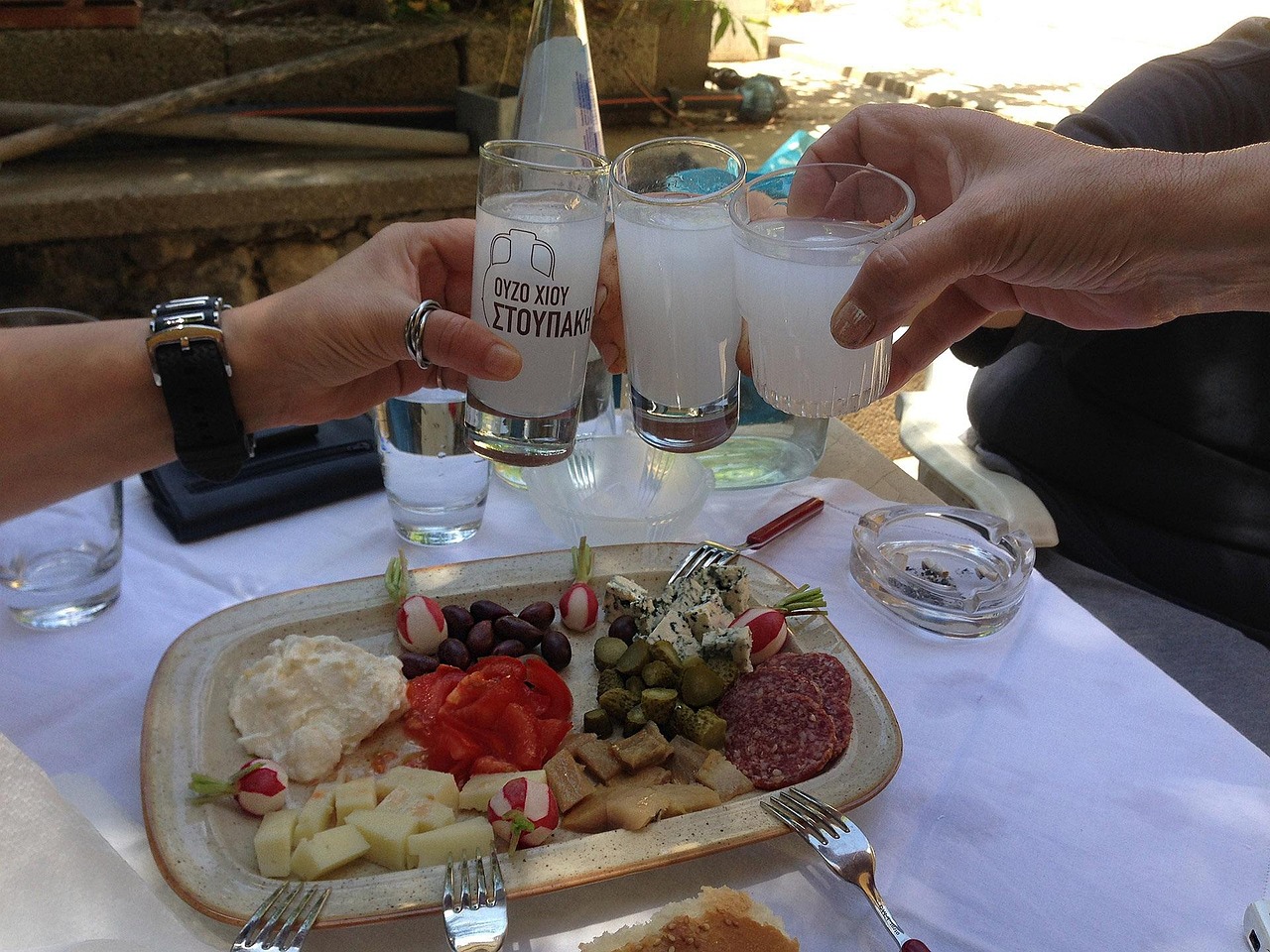
Sampling Greek Cuisine and Coffee
Sitting at a sidewalk café with Greek coffee became a daily ritual. The coffee arrived strong and fragrant in a small cup, often with a sweet treat like baklava.
It was easy to spend an hour just watching people and chatting with the friendly staff—nobody ever rushed me.
Whenever I walked into restaurants with classic Greek cuisine, I always looked for stuffed peppers or hearty gyro platters. Each meal felt like an invitation to slow down and enjoy Greek hospitality.
Menus here offered more than food—they told stories about Plaka’s blend of tradition and modern comfort.
Fresh vegetables, olives, and cheese seemed to sneak into most dishes. Greeks really value their local ingredients.
Simple flavors always stood out, whether in a slice of spanakopita from a bakery or a shared plate of tzatziki at a casual spot.
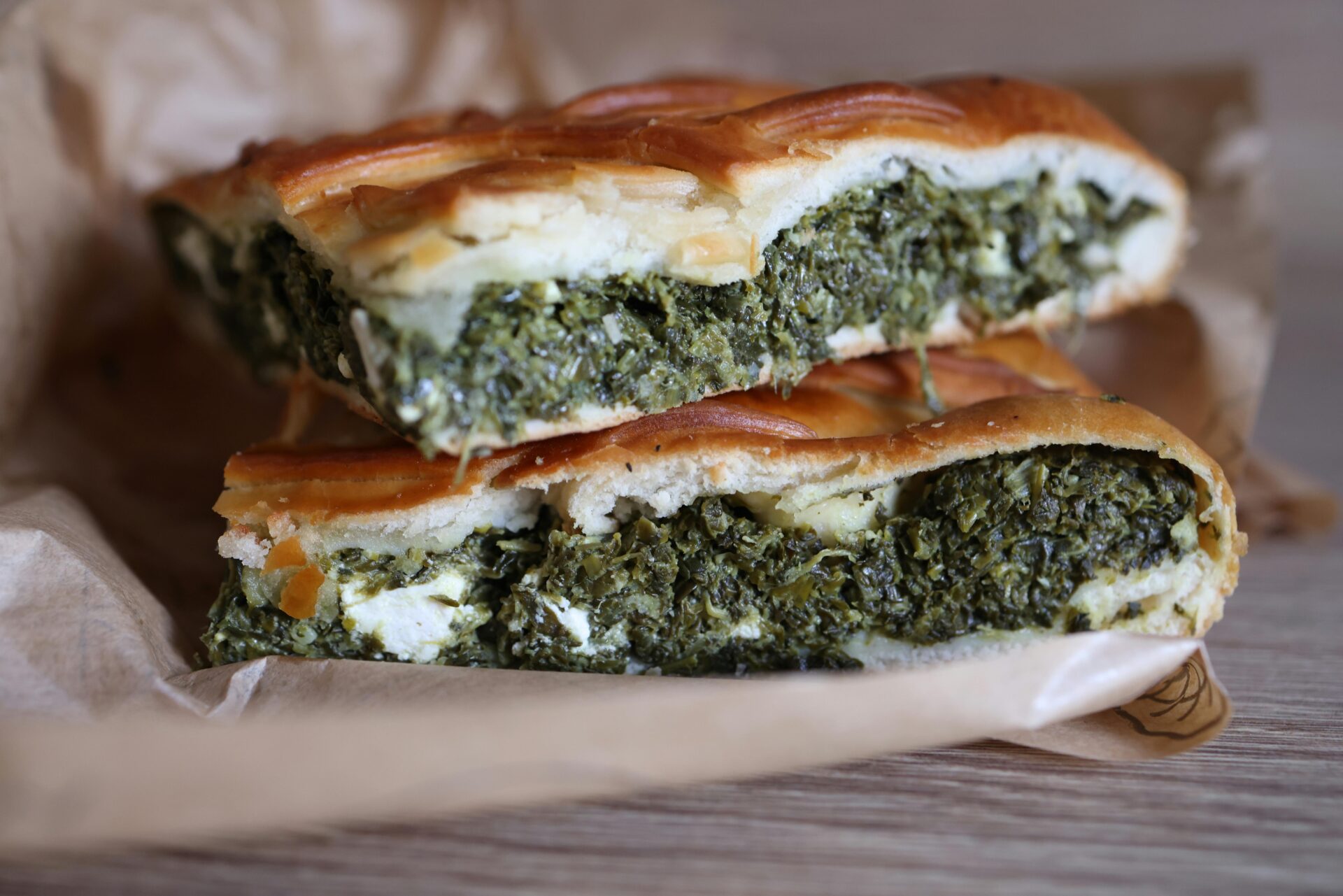
Bakeries, Boutiques, and Street Food
Between meals, I ducked into bakeries with golden, flaky pastries in the windows. A cheese pie or sweet loukoumades (Greek-style donut) made the perfect snack while I explored Plaka’s winding alleys.
Unique boutiques—some with handmade jewelry, others with painted ceramics—often sat right next to food stalls or cafés.
Street vendors sold warm koulouri, a sesame bread ring, which made breakfast on the go super easy and tasty.
Even quick snacks felt special, thanks to the pride local shopkeepers took in sharing flavors passed down through generations.
Treats from the street tasted even better on a sunny bench below the Acropolis, watching life unfold around me.
Markets, Shopping, and Cultural Encounters
Plaka and its neighboring districts brim with markets, shop-lined streets, and endless chances for cultural exchanges. Every step brings something new, from vintage treasures to handmade keepsakes.
The atmosphere never feels dull.
Monastiraki Flea Market and Antiques
Visiting the Monastiraki Flea Market felt like diving into a living museum. I wandered past rows of antique shops, tables stacked with dusty books, coins, and old records.
The Saturday crowd buzzed with excitement as sellers called out and shoppers haggled for treasures.
One moment that sticks with me: sorting through quirky antiques—typewriters, cameras, intricate jewelry. Every item seemed to have its own story.
I chatted with a shop owner about a 100-year-old tea set, and he launched into tales about Athens during World War II, turning a simple purchase into a mini history lesson.
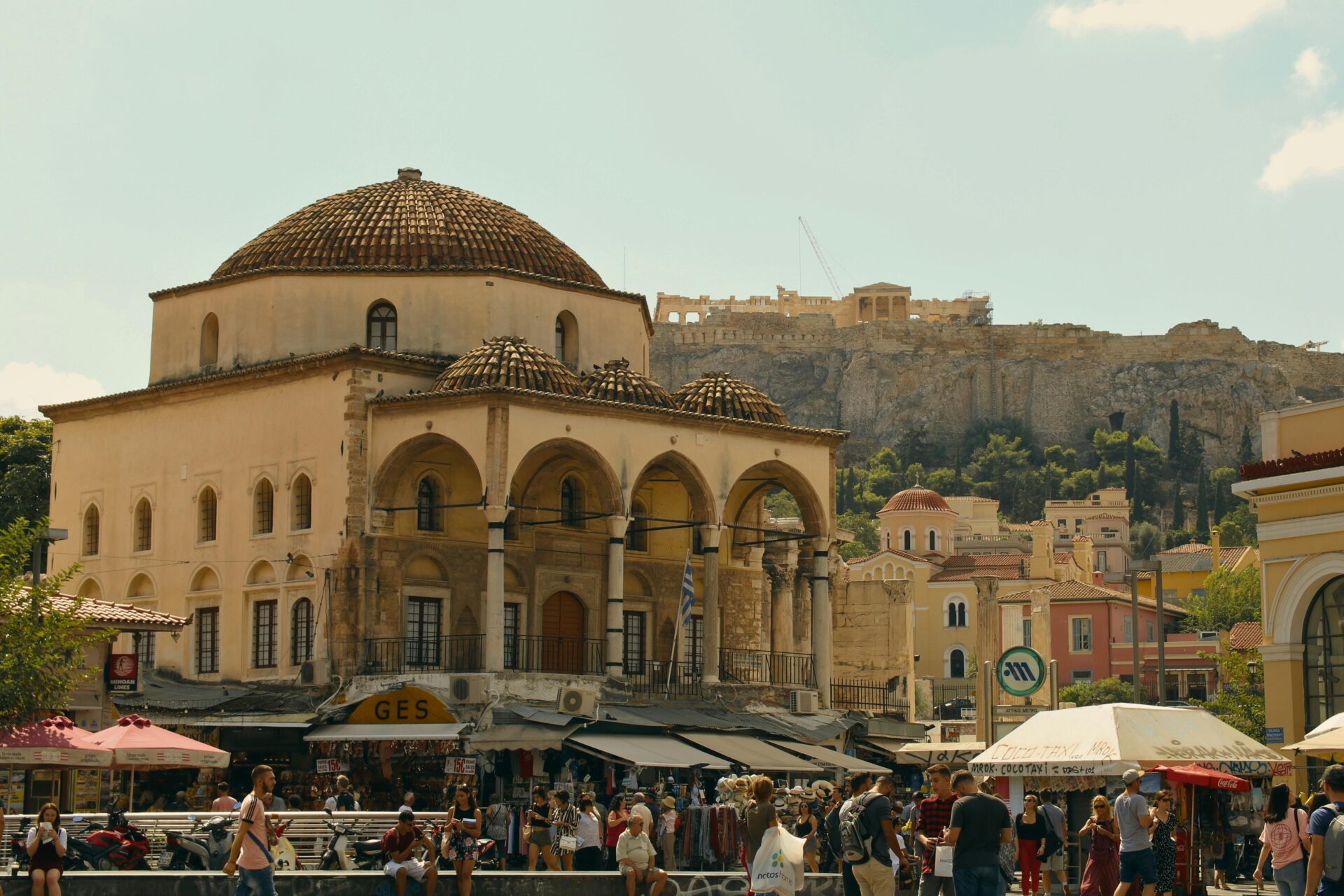
Besides antiques, Monastiraki offers vintage clothing, military gear, and hand-painted ceramics. I even found handmade leather sandals—a classic Greek souvenir.
The market’s blend of old and new makes it a must-see, whether you’re a history buff or just love a good bargain.
Exploring Ermou and Athinas Street
Walking down Ermou Street, I found myself surrounded by Athens’ most popular shopping. Big international brands mixed with local boutiques, making it a great spot for anyone chasing fashion or unique Greek products.
I popped into a few jewelry shops and noticed that even modern pieces often carry ancient designs.
A short walk away, Athinas Street felt like a different world. Here, I passed spice shops, bakeries, and stalls overflowing with dried herbs and Greek olives.
Locals shopped for groceries while tourists stopped for quick bites of loukoumades, those sweet honey puffs.
If you go, bring a small shopping bag and an appetite. Sampling fresh feta from a bustling deli and visiting the Varvakios Agora, Athens’ main food market, made the experience feel authentic.
The mix of high-street stores and traditional food shops kept me exploring for hours.
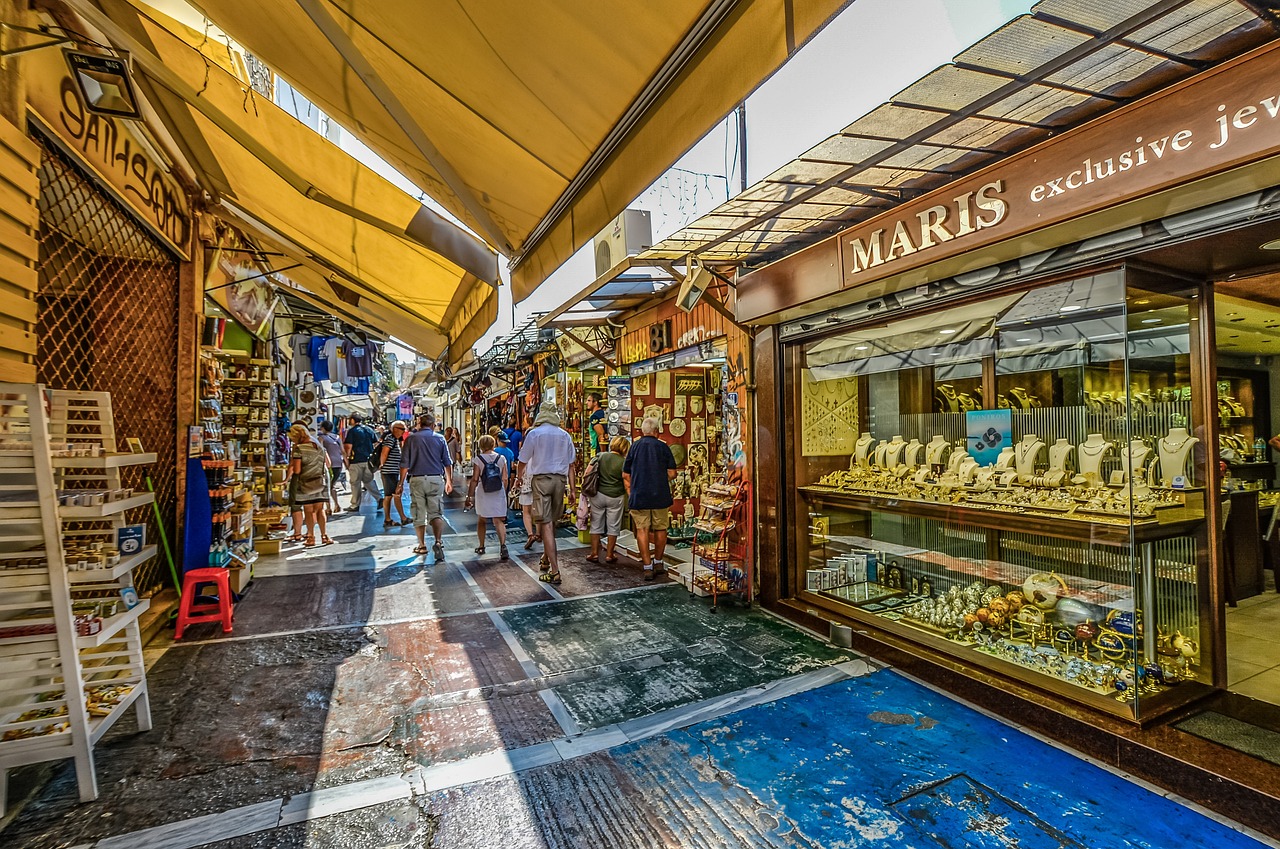
Handmade Goods and Souvenirs
In Plaka’s maze-like alleys, I stumbled on some of the city’s best handmade goods. Artisans set up stalls loaded with hand-painted pottery, olive wood carvings, and delicate lace.
I spent time chatting with these artists about their craft, and they loved sharing their techniques or explaining the symbols in their designs.
Searching for the perfect souvenir—a personal, handmade piece full of character—became a highlight. I bought a blue-and-white pottery bowl, painted right in front of me.
Shops here are smaller and more intimate than the ones on Ermou, and owners often wrap purchases carefully, making it feel special.
Handmade soaps, local honey, and leather sandals also stood out as practical yet meaningful gifts.
Plaka’s focus on craftsmanship made every purchase feel like a memory, not just another item in my suitcase.
Wandering these shops, I felt a real connection to Athens—something only personal exchanges can give.
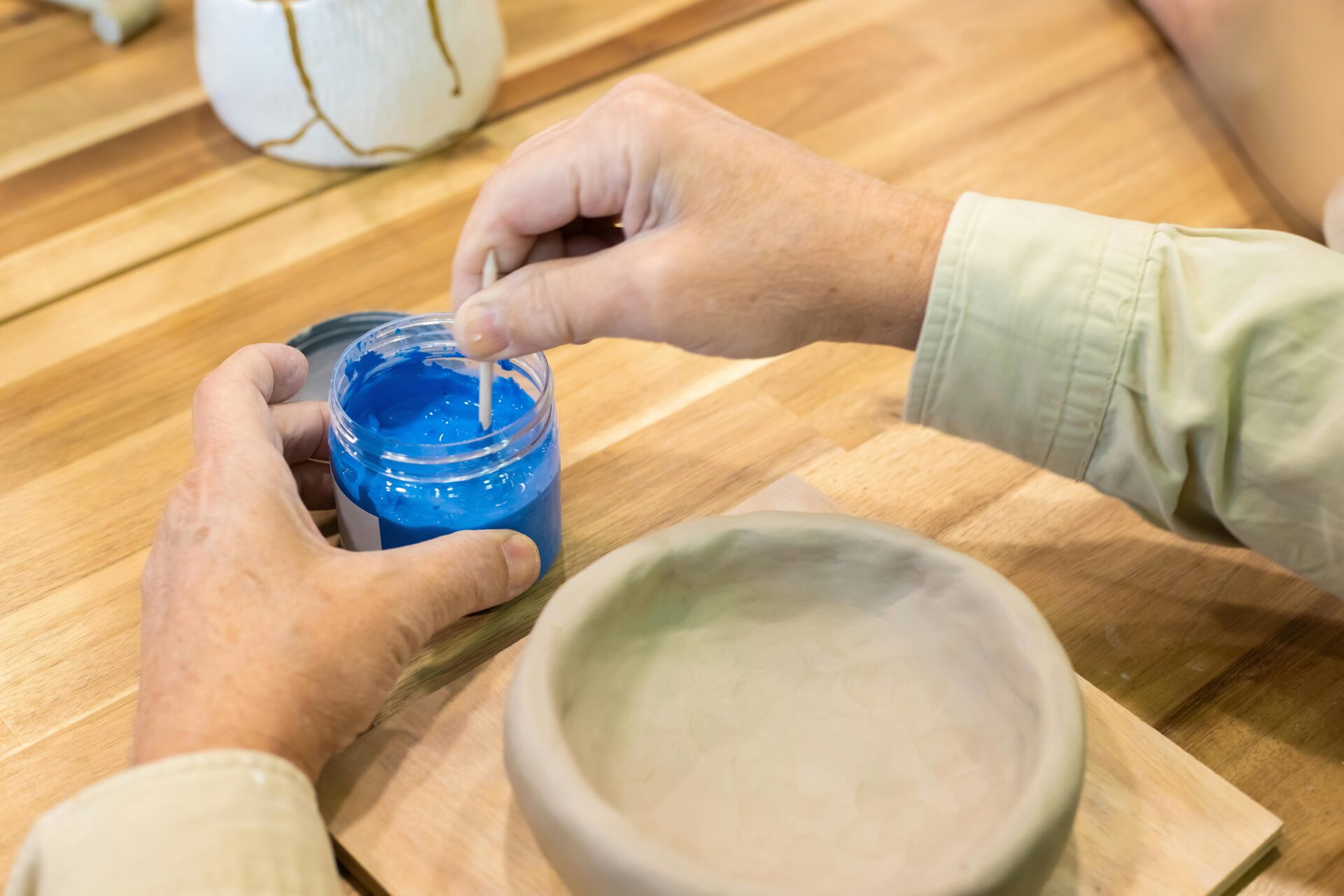
Capturing Plaka’s Spirit: Sights, Sounds, and Unforgettable Moments
Bright lights spill onto Plaka’s winding stone streets, mixing old-world charm with a burst of modern energy. This ancient neighborhood never really sleeps—one moment I’m pausing to hear a bouzouki player, the next I catch dancers twirling past pastel houses.
Live Music and Nightlife in Plaka
Music floats from every corner in Plaka, honestly. I’ll wander down a narrow alley and stumble right into a cozy taverna where local musicians play Greek tunes—sometimes just a bouzouki and a strong, heartfelt voice. These songs always seem to tell stories about love and Athens life.
These venues aren’t just for eating. I’ve seen friends jump up and start dancing out of nowhere. It’s easy to join in, tapping your foot while laughter and music fill the night air.
Nightlife here feels relaxed but never boring. Outdoor tables buzz with chatter from both locals and travelers, and there’s always someone new to meet.
On the weekends, a few bars crank things up with live jazz or folk music. The smell of grilled souvlaki drifts out open windows, and I can’t help but linger a little longer.
When I finally head home, the music sticks with me. Plaka’s softly-lit streets seem to hold onto every note, adding to memories I’ll probably never shake.
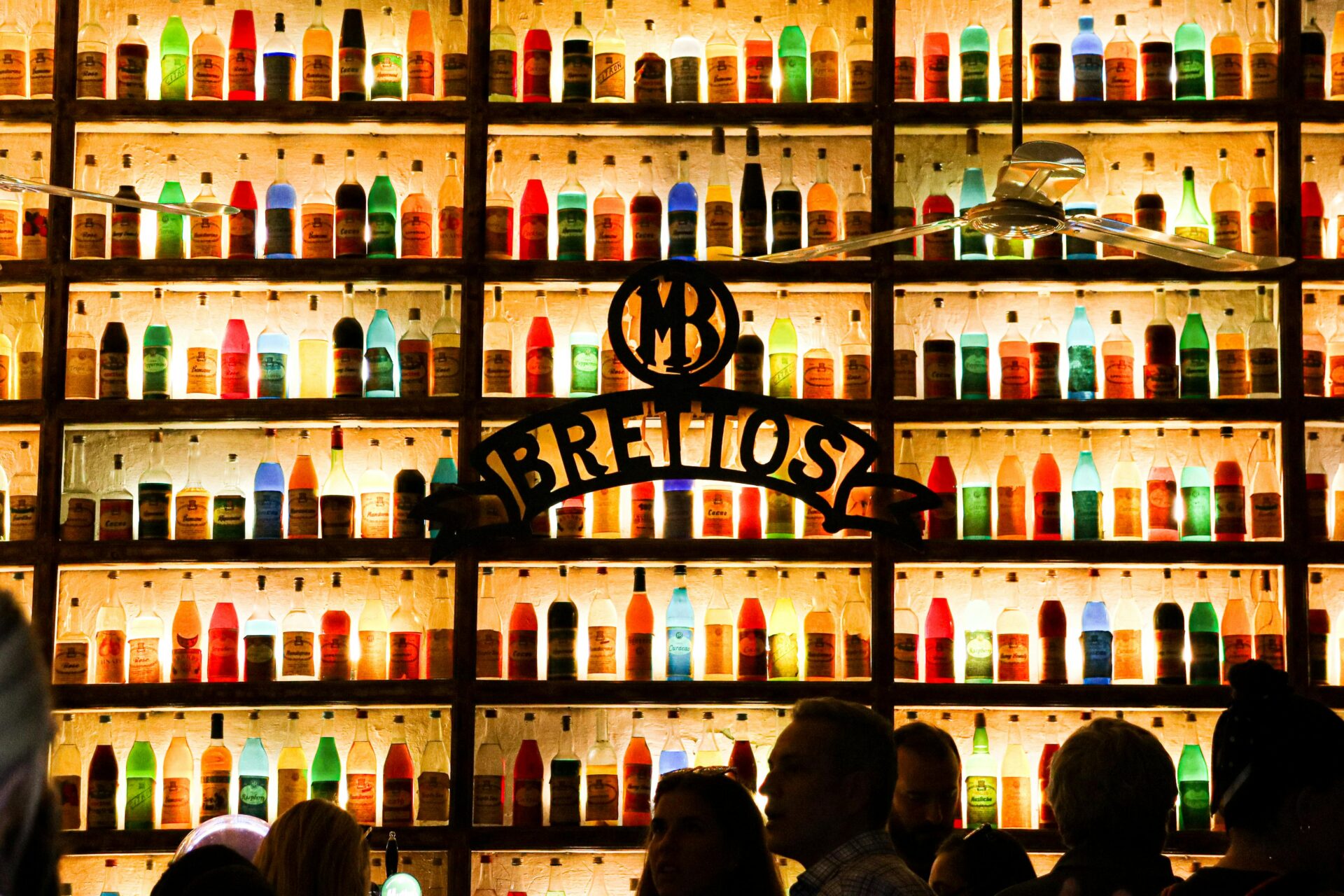
Festivals, Events, and Greek Culture
Plaka’s calendar stays packed with ways to dive into Greek culture. During Easter, candles and flowers brighten every street. I love watching families gather at the little churches, sharing food and laughter.
Annual festivals—like the Athens Epidaurus Festival—bring theater and music right into the heart of Plaka. One summer night, I happened upon a street performance in a shady square. Locals told me that ancient drama and modern dance often come together here, pulling everyone into the action.
Traditional crafts and foods always play a big role in these events. Markets spring up, selling handmade jewelry and sweets. If I’m lucky, I’ll catch a folk dance show—bright costumes, clapping crowds, the whole scene.
Every festival somehow makes Plaka feel timeless and alive at the same time. I get a deeper peek into everyday Greek traditions, and it never gets old.
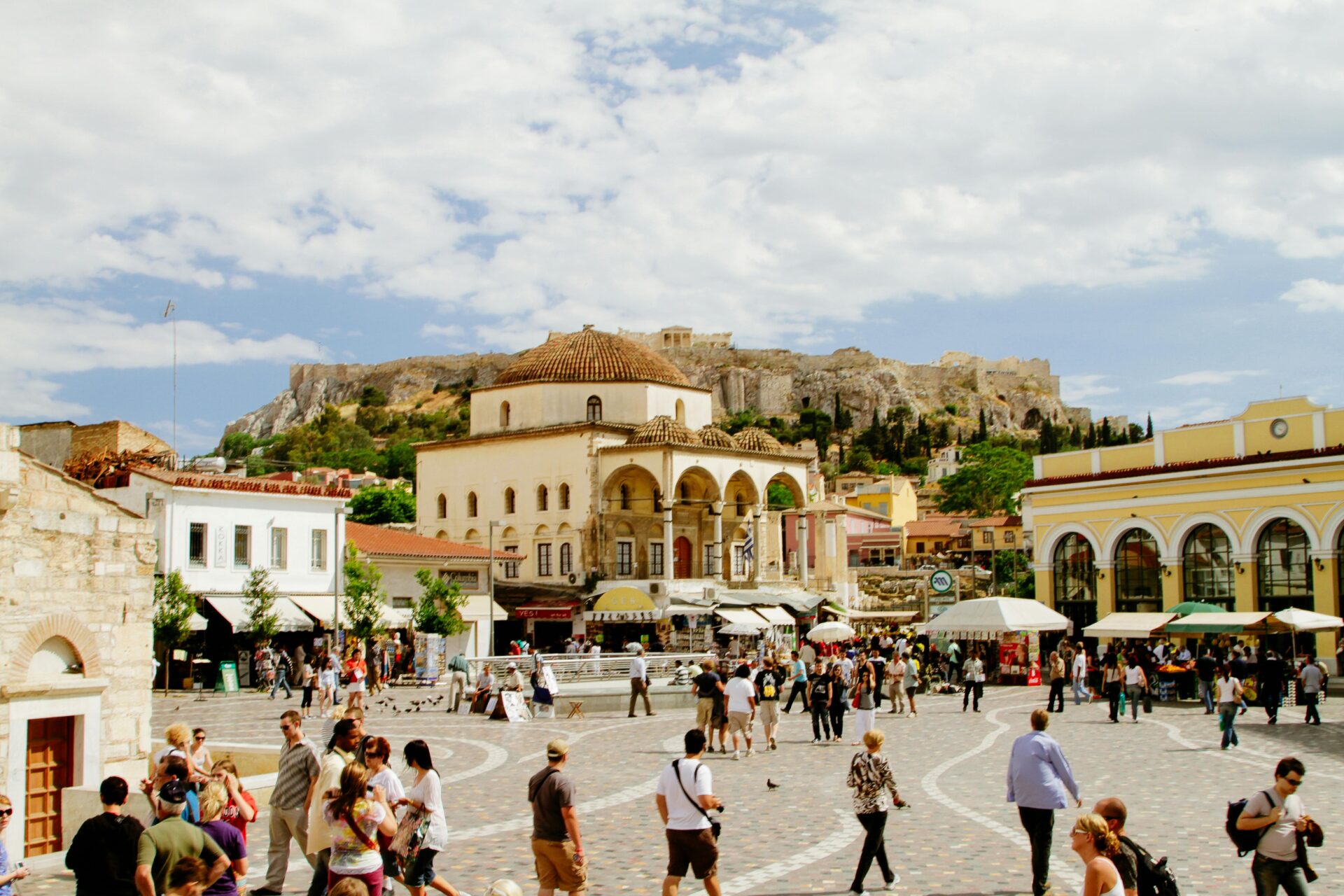
Beyond Plaka: Exploring Athens and Noteworthy Sights
After getting swept up in Plaka’s magic, I realized Athens has so much more just a short walk away. The city’s neighborhoods, museums, and iconic landmarks gave me a new way to see Greek history and modern life.
Nearby Neighborhoods: Syntagma, Kolonaki, and More
Just a quick stroll from Plaka, Syntagma Square pulses with energy. I joined a crowd in front of the Greek Parliament to watch the stoic Evzones change guard at the Tomb of the Unknown Soldier. They do it every hour, but the Sunday ceremony feels extra special—colorful uniforms and careful moves that always draw a crowd.
Heading north, the stylish Kolonaki district looks and feels completely different from Plaka’s winding lanes. Upscale shops, trendy cafés, and art galleries line every street. I grabbed an espresso at a sidewalk table, then wandered into boutiques selling everything from Greek designer clothes to unique local jewelry.
When I needed a break, the National Garden became my quiet spot. Shady benches, fountains, and winding paths made it easy to relax after a busy morning.
A little farther away, Mount Lycabettus (Mt. Lykavittos) rises above the city. I hopped on the funicular and watched Athens spread out below me. At sunset, the city glowed gold—definitely one of those “wow” moments.

Must-See Attractions: Acropolis Museum and Benaki Museum
Athens overflows with museums, but two really stood out. The Acropolis Museum sits right at the foot of the Acropolis—a sleek glass-and-marble space packed with ancient treasures. I wandered past statues, friezes, and everyday artifacts.
On the top floor, the Parthenon sculptures line up perfectly with the real Parthenon outside the window. That view alone is worth the visit.
Not far away, the Benaki Museum dives deep into Greek culture across the centuries. It’s not just old pottery—there are stunning Byzantine icons, folk costumes, and paintings, too. I learned how modern Greece grew out of all this history, which made everything on the streets feel richer.
If you’ve got time, I also loved the Panathenaic Stadium, built entirely from marble and once the site of the original Olympic Games. Walking the track gave me chills—I could almost hear the roar of ancient crowds.

Public Transportation, Hotels, and Travel Tips
Getting around Athens turned out to be refreshingly simple and affordable. The Metro runs clean and fast, linking Plaka with spots like Syntagma, the Acropolis, and even the Athens Hilton in just minutes.
Buses and trams keep the city moving, and taxis are everywhere for late-night rides or airport trips.
When it came to hotels, I picked the Hotel Attalos. Its rooftop bar gave me a killer view of the Acropolis at night.
If you want to splurge, the Athens Hilton or other luxury hotels in Kolonaki offer modern comfort and easy access to shops and museums.
Travel Tip:
You can grab tickets for public transportation at metro stations or kiosks. If you’re hitting a bunch of sights, a 24-hour pass saved me both time and money.
Connecting to the Greek Islands
After I soaked in Athens, the Greek Islands started calling my name from the horizon.
Ferries head out from Piraeus port, and getting there is a breeze—you just hop on Metro Line 1 from Monastiraki Station near Plaka.
I grabbed my ferry tickets ahead of time. In summer, those routes to Santorini, Mykonos, and Crete? They fill up fast, so I didn’t want to risk it.
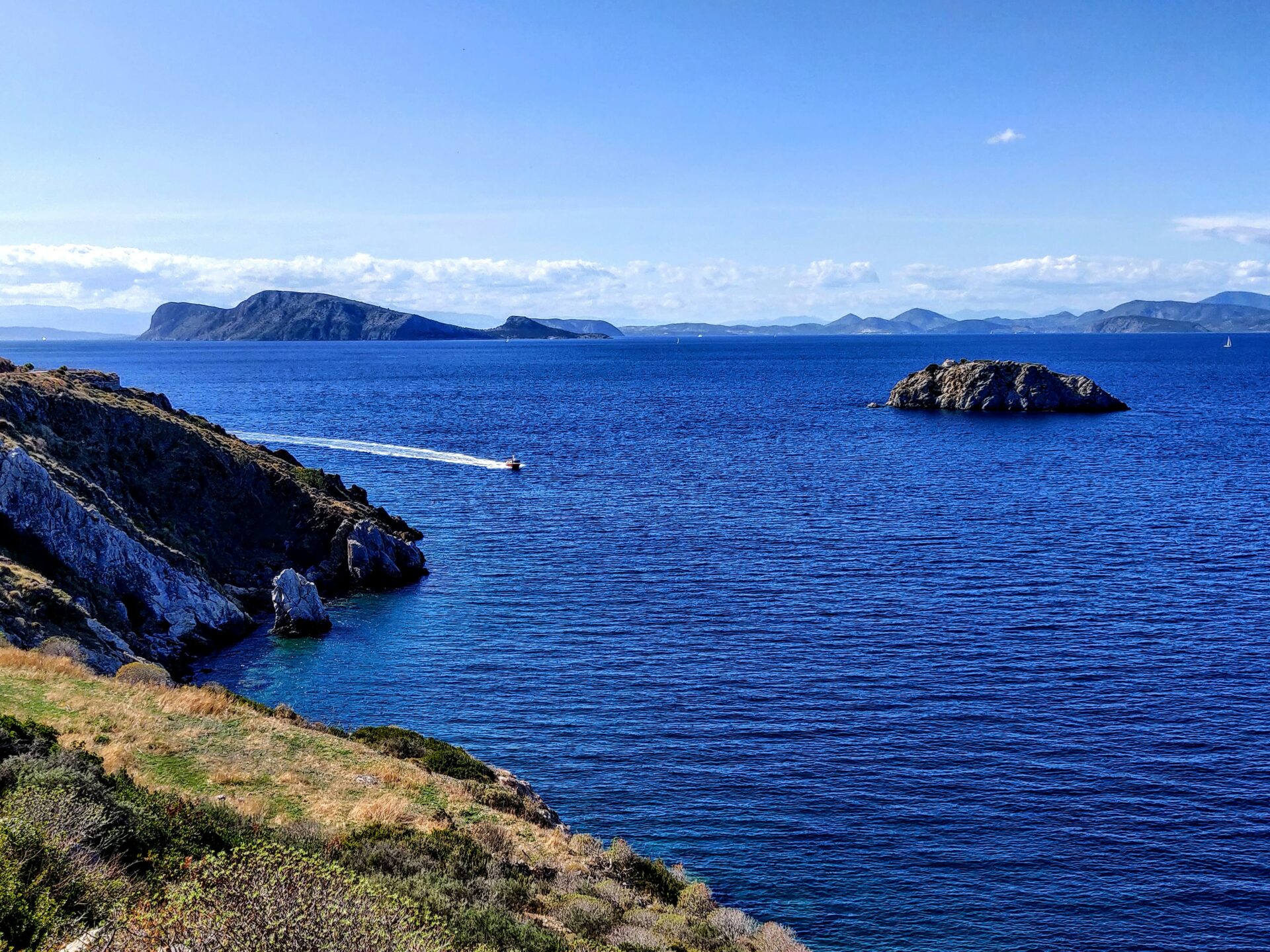
Island hopping felt surprisingly simple. Big ships offer cabins, food, and lots of deck space to wander.
For me, catching an early morning ferry meant I could watch the Saronic Gulf wake up—honestly, those views alone are worth the trip.
If you’re short on time, smaller islands like Hydra and Aegina work great for a quick day trip.
Sometimes I just wanted to explore old ruins, other times I craved a lazy day on a quiet beach. Athens always seemed to open the door to the islands, no matter what mood I was in.

